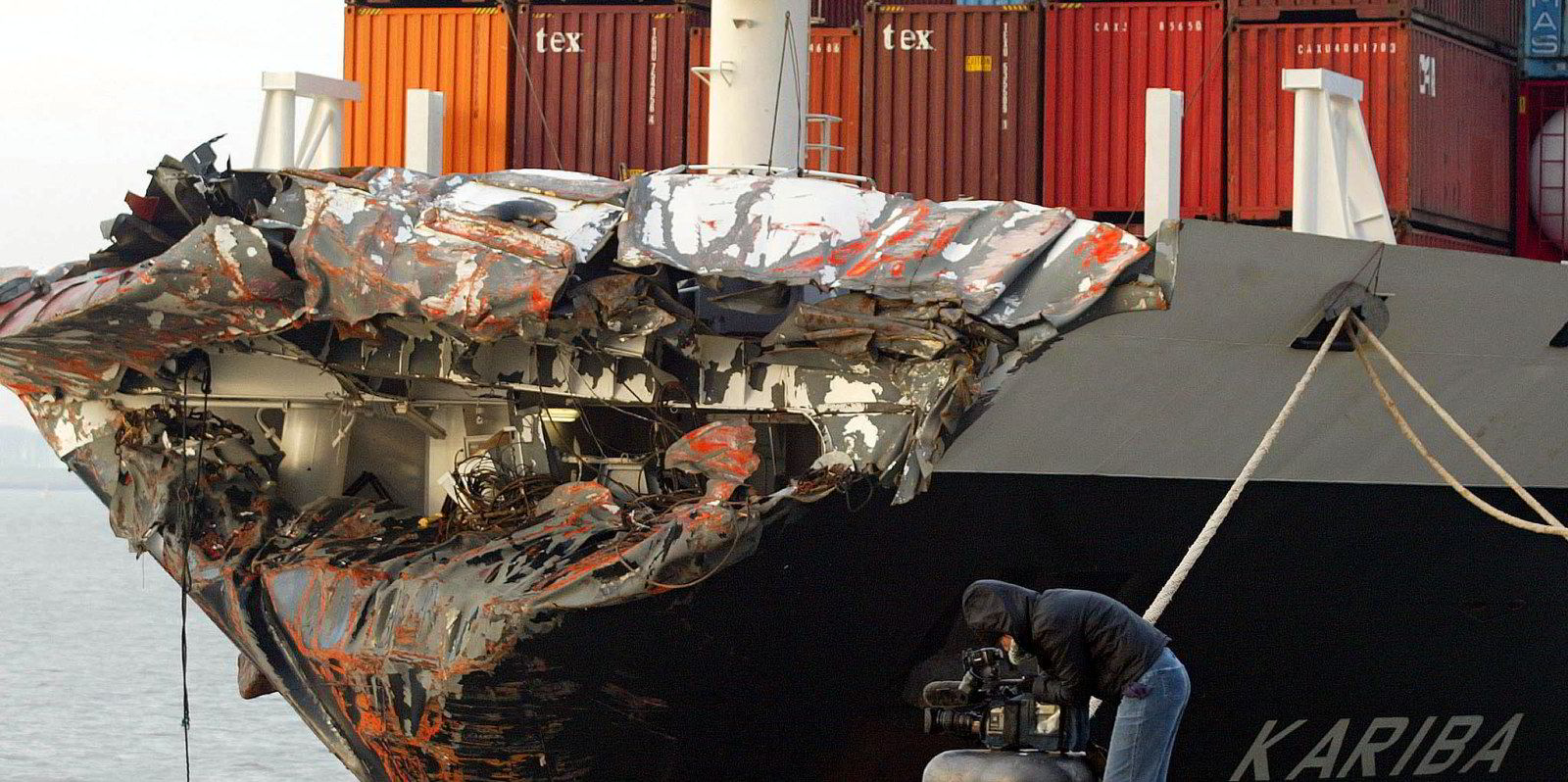Danish liner giant AP Moller-Maersk intends to slash its workforce as the downturn in container markets hits the real economy.
The world’s second-largest liner company plans to cut an additional 3,500 positions on top of existing cuts.
These reductions will take place over the coming months, with up to 2,500 positions being eliminated during this time, and the remaining reductions extending into 2024.
This initiative is expected to bring the global workforce to below 100,000 positions, resulting in cost savings of $600m, the company said.
The move was necessary “given the worsening price outlook in Ocean”, Maersk said.
These measures were implemented as part of rigorous cost containment strategy to mitigate the impact of challenging market conditions, according to the company.
Maersk has already reduced its headcount from 110,000 in early 2023 to around 103,500 today.
The company said the adjustment of the workforce “complements the decisive actions taken on cost containment throughout the year”.
The additional moves will incur a total restructuring charge of $350m, up from $150m announced in February.
The accumulated effect will bring down Maersk’s selling, general and administrative expenses by $600m for 2024.
In addition, capital expenditure has been adjusted downward for 2023 and 2024 and further measures are under review, including the continuation of the share buyback programme into 2024.
New normal
The measures come as Maersk revealed a decline in profits for the fourth straight quarter, ending what had been the most profitable period in its history with 16 straight quarters in a row.
Profit slumped to $489m in the third quarter to the end of September. That is sharply down from the extraordinary profit of $8.8bn in the same quarter last year.
Revenues almost halved at $12.1bn, down from $22.8bn in the previous corresponding period.
The drop in revenues is due to a decrease in its ocean division by $10.1bn, in logistics and services by $665m and in terminals by $118m.
The profit was adjusted for net gains primarily from the sale of vessels and containers of $30m and the net gain after tax from the sale of its US-flagged tanker arm US Marine Management of $74m.
Maersk attributed the fall to a difficult market environment, with rates well off their 2022 peak and tested by the increase of capacity in its ocean division.
“Our industry is facing a new normal with subdued demand, prices back in line with historical levels and inflationary pressure on our cost base,” said chief executive Vincent Clerc.
“Since the summer, we have seen overcapacity across most regions triggering price drops and no noticeable uptick in ship recycling or idling.”
“Given the challenging times ahead, we accelerated several cost and cash containment measures to safeguard our financial performance."
The company’s ocean division reported a 9% increase in volumes since the previous quarter.
Strong cost focus supported an 11% decrease in unit cost at fixed bunkers compared to Q3 2022.
However, Ebit was negative at $27m, down from $8.7bn in Q3 2022, driven by significant pressure on rates, in particular on Asia to Europe, North America and Latin America trades.
Revenue in logistics and services was $3.5bn, compared to $4.2bn in Q3 2022, driven down by lower prices in the air and haulage market.
Terminals reported revenue at $1bn compared with $1.1bn in Q3 2022, driven by less demand for storage amid eased global congestion and a 4.1% decline in volume.
Grim outlook
Maersk now expects global container volume growth in the range of -2% to -0.5% in 2023, a more positive projection compared to the previous estimate of -4% to -1%. The company’s ocean division is expected to align with market trends.
Maersk maintained its ranges for the full year 2023 guidance. However, it expects results towards the lower end of the previously communicated ranges of underlying Ebitda of $9.5bn to $11bn and Ebit of $3.5bn to $5bn.
Read more
- AP Moller arm linked to LOI for 10 very large ammonia carriers
- Wavelength: Container ship players face a ‘car crash’ — and don’t have any brakes
- THE Alliance slashes capacity to stem container freight rate rot
- Dwindling stock values result in cull of ‘large-cap’ liner operators
- Why new container ship orders are breaking records amid waning demand





